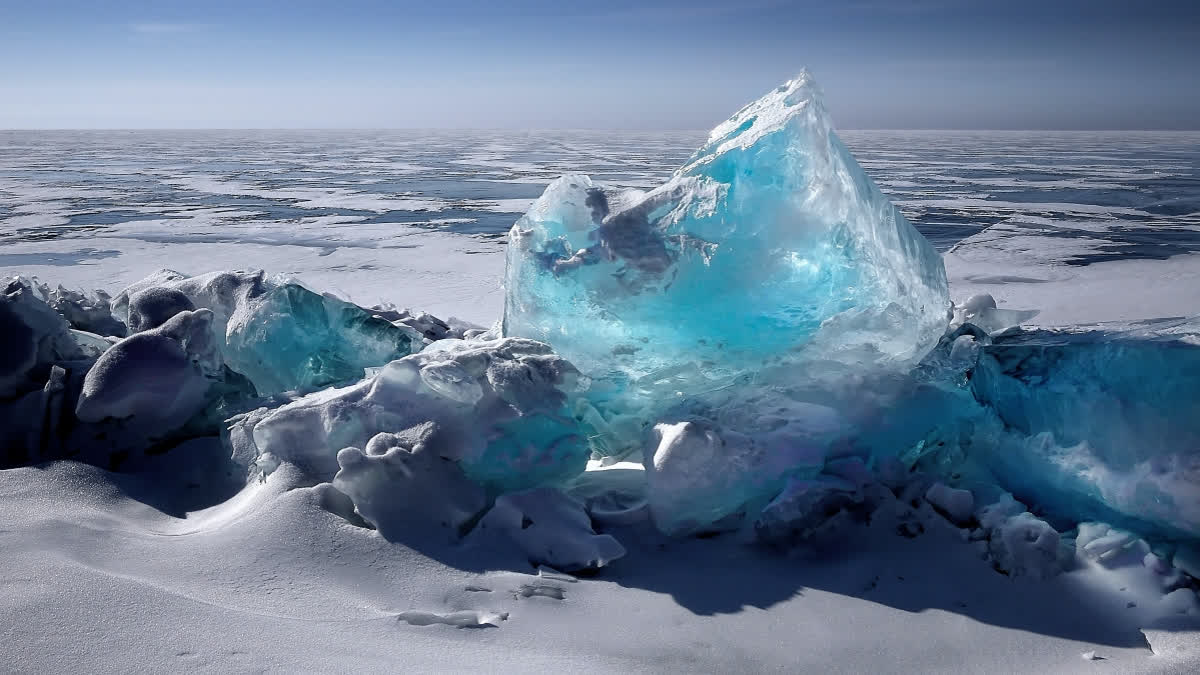New Delhi: More multiyear La Nina events are expected under continued global warming, new research published in the journal Nature said. Multiyear La Nina events, or a La Nina event prevailing for two or more consecutive years, are known to exert prolonged and aggregated impacts, such as increased wildfires, flooding, and altered patterns of hurricanes, cyclones, and monsoons.
The cold La Nina phase tends to develop after a warm El Nino event, that usually lasts a year. Both are alternating phases of the El Nino-Southern Oscillation (ENSO), Earth's most consequential year-to-year climate fluctuation, bringing about changes in ocean surface temperatures and disrupting tropical wind and rainfall patterns. Over a 100-year period, the researchers from China, Australia and the US have reported a significant increase in the projected frequency of multiyear La Nina events from 19 per cent in a low greenhouse gas emission scenario to 33 per cent under high emissions.
Also read: Is it really hotter now than any time in 100,000 years?
Under present-day climatic conditions, a strong El Nino in the northern winter cools down temperatures in the subtropical (regions adjacent to tropics) North Pacific, producing a La Nina in the ensuing winter with southern wide-ranging sea surface temperature and easterly wind anomalies. These southern patterns, resulting in a slow heat recharge of the upper-ocean, present ideal conditions for La Nina to persist into its second year.
However, under global warming, the easterly wind anomalies, which are intensified by a quicker warming of the equatorial eastern Pacific, extend farther north and retard the heat recharge of the equatorial Pacific. This cools the upper-ocean, making it much easier for the cold sea surface temperatures to persist through the decay of the first-year La Nina. Thus, an overall warming of the Pacific, enabling more effective tropical-subtropical interactions, triggers a multiyear La Nina with much more efficiency, the researchers said.
"These findings suggest that weather extremes as seen during the 2020-2022 La Nina will probably occur more frequently in the near future," said Geng Tao from Ocean University of China, first author of the study. The results of this study strengthen calls "to reduce greenhouse-gas emissions to alleviate the adverse impacts of increased multiyear La Nina," said Jia Fan from the Institute of Oceanology of the Chinese Academy of Sciences (IOCAS) and co-corresponding author of the study. (PTI)



